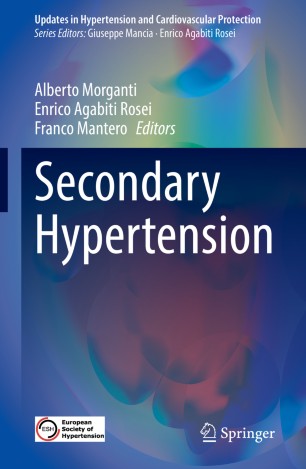

Most ebook files are in PDF format, so you can easily read them using various software such as Foxit Reader or directly on the Google Chrome browser.
Some ebook files are released by publishers in other formats such as .awz, .mobi, .epub, .fb2, etc. You may need to install specific software to read these formats on mobile/PC, such as Calibre.
Please read the tutorial at this link: https://ebookbell.com/faq
We offer FREE conversion to the popular formats you request; however, this may take some time. Therefore, right after payment, please email us, and we will try to provide the service as quickly as possible.
For some exceptional file formats or broken links (if any), please refrain from opening any disputes. Instead, email us first, and we will try to assist within a maximum of 6 hours.
EbookBell Team

0.0
0 reviewsThis book offers an overview of the latest advances in the epidemiological, pathophysiological, diagnostic and therapeutic aspects of secondary hypertension, provided by a group of the most highly respected European experts in this field. It is common belief that secondary forms of hypertension are rare, although in 95% of patients the cause of high blood pressure is unknown – euphemistically referred to as “essential”. There is increasing evidence from epidemiological studies that the prevalence of secondary hypertension is much higher than previously thought, accounting for 20%-25% of all hypertensive patients. There are additional, very good reasons for identifying those patients with secondary hypertension: firstly, they are exposed to a greater risk of suffering major cardiovascular events than patients with essential hypertension who have the same blood pressure level, and for this reason require particular care. Secondly, these patients can be relieved of a lifetime of pharmacological therapy or, at least, have a chance to be treated with more specific and effective medications. A high degree of clinical skill is required to recognize the often vague and subtle symptoms and signs that characterize patients with secondary hypertension, and clinicians need to fully comprehend the mechanisms responsible for the development and maintenance of high blood pressure. Shedding new light on a complex area of cardiovascular medicine, the book enables readers to better treat affected patients.